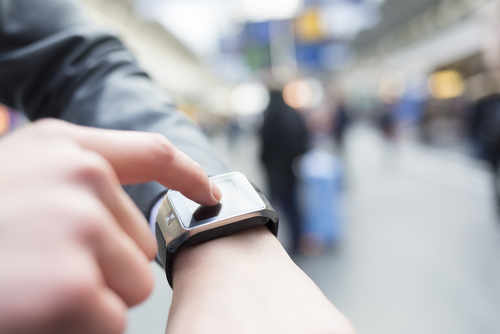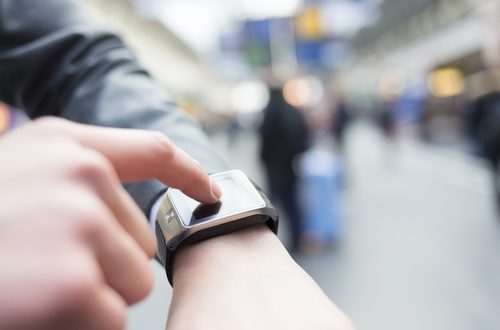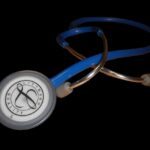
Wearable devices – often known as “wearables” – have emerged as a significant force in the tech industry in recent years.
Though best-known for consumer applications in the fitness field – such as the Fitbit – wearables have also been utilised in a number of commercial applications too. Warehousing is probably the industry where they have gained greatest prominence thus far, but they also have a number of potential applications for insurers.
Sheri Wilbanks, global innovation lead, AIG Client Risk Solutions, says that numerous businesses are adopting wearables in the workplace, with the aim of quantifying worker movements to develop more efficient workflows and minimise the risk of accidents.
“With any of these technologies, there are two reasons we’re looking at them,” says Wilbanks. “First of all, our clients are looking at them – we want to lead them to new solutions.”
At their most basic level, wearables can provide employers with a wealth of data, which in turn can feed back into developing a safer and more efficient workplace, alongside other safety procedures.
“The second reason we look at wearables is based on what we notice as client needs and interest,” says Wilbanks. “When we talk to clients or carry out detailed analytics of their claims, we can identify areas where we think a wearable solution might be a good fit.”
Such devices are aimed at preventing incidents that could cause claims before they ever occur. However, Wilbanks is also eager to stress that wearables alone are not a catch-all solution; rather, they’re one piece of a more comprehensive risk management strategy and safety ecosystem.
“We all know that a fitness tracker alone is not going to make you ready to run a marathon – there are a lot of other factors too,” says Wilbanks. “Clients need to think about these tools in the same way. It’s an enabler, one piece of a larger safety ecosystem.”
Similarly, fraud prevention is not the primary focus of such technology. However, the data and analytics generated do have the capability of being used in forensic evaluation by insurers, to aid in determining whether an incident has taken place as described.
Wilbanks cites musculoskeletal injuries as a particular example where forensic evaluation can prove helpful. Such injuries rarely occur in isolation, and are more frequently the result of ongoing wear-and-tear over a period of months or years.
“We’ll often see a claim related to a back injury; on the surface, you might wonder how that injury could have occurred from the specific incident described,” says Wilbanks. “But from a forensic evaluation standpoint, wearables allow us to more effectively go back and look at the history of that worker, and what type of activity they were undertaking. That can give you a more complete picture of why that injury might have occurred – and how it can be avoided in the future.”
source: Insurance Business Mag online











